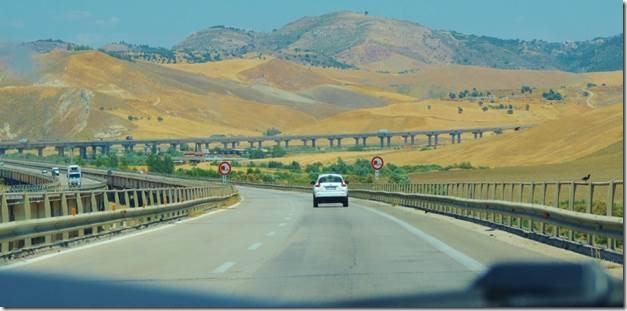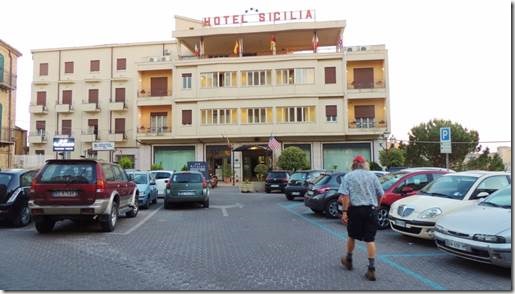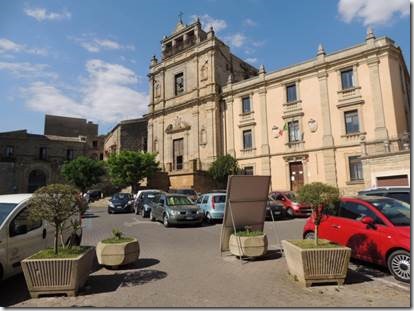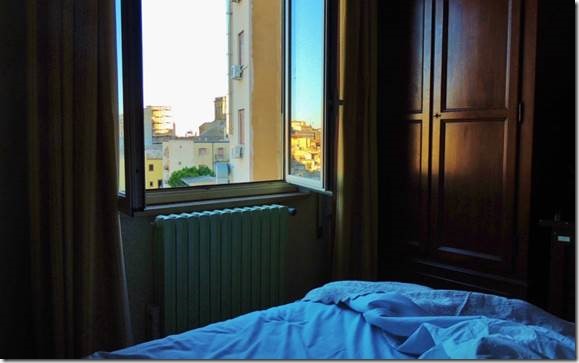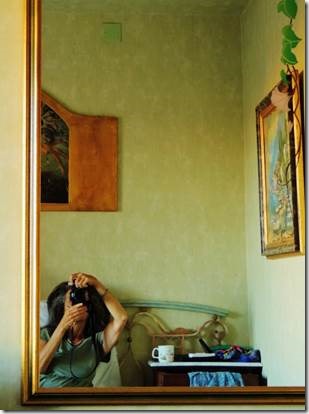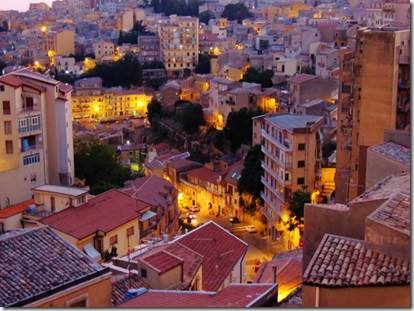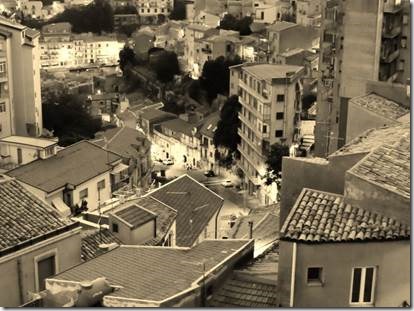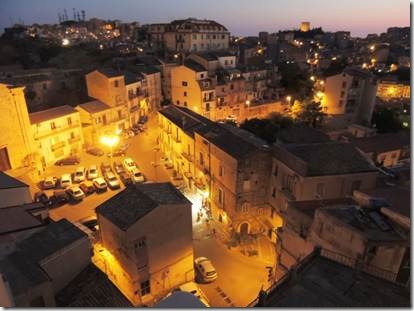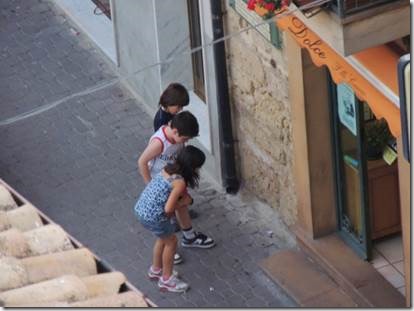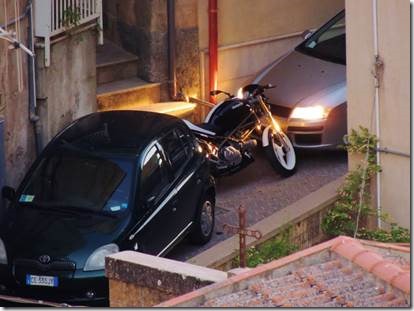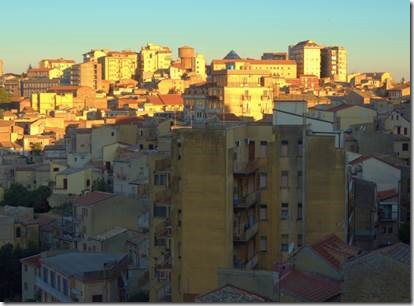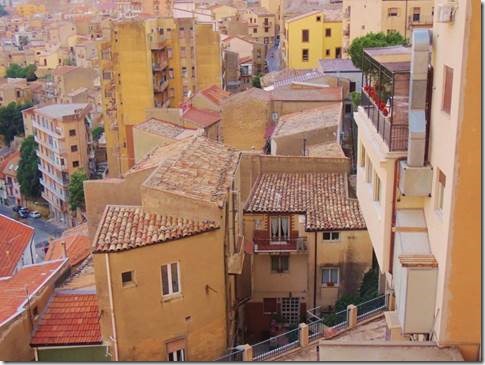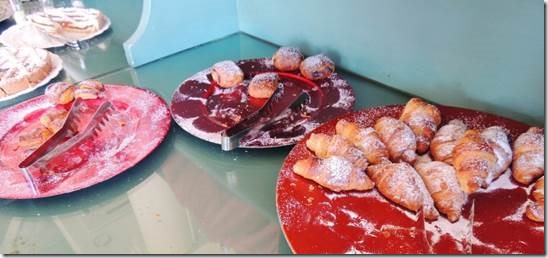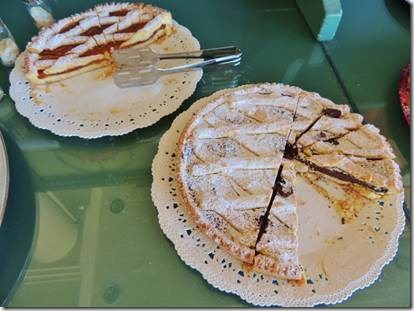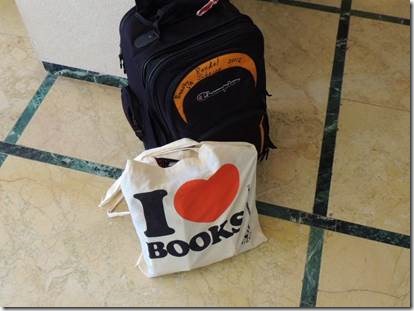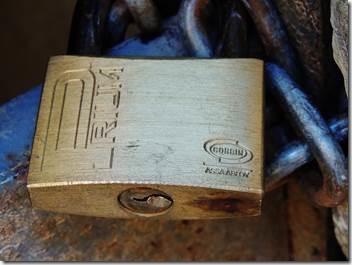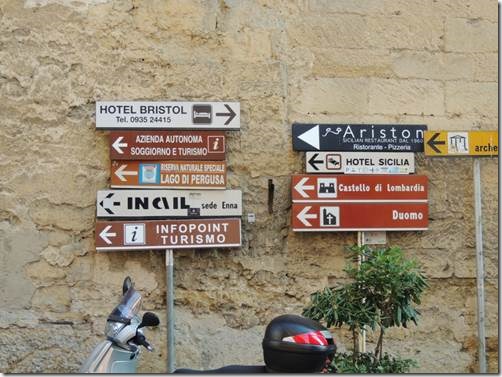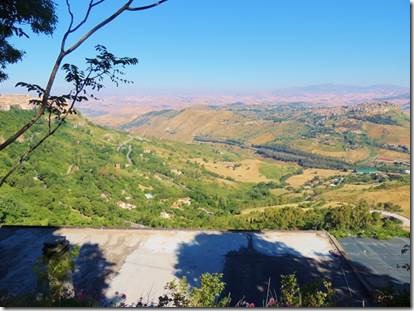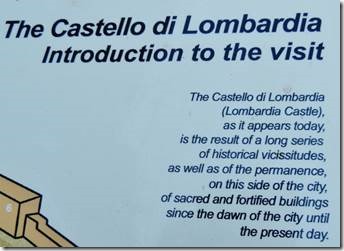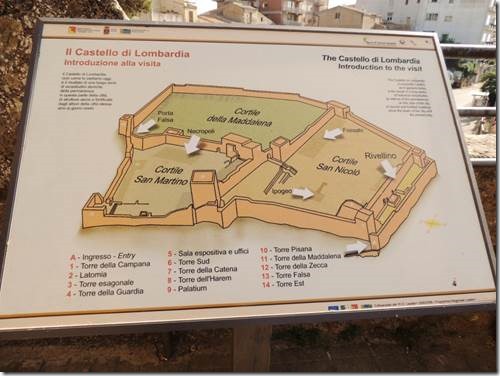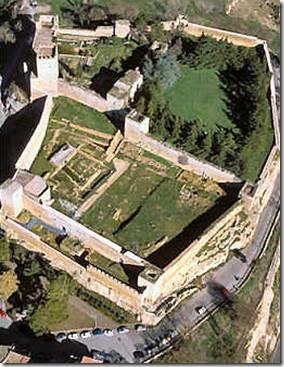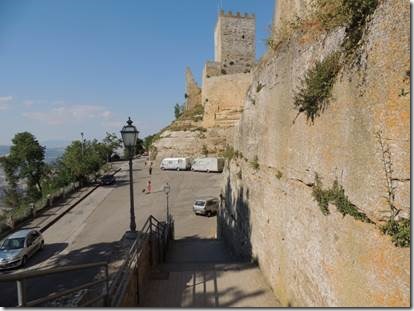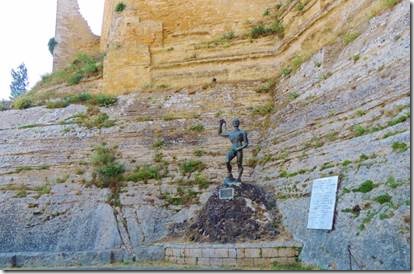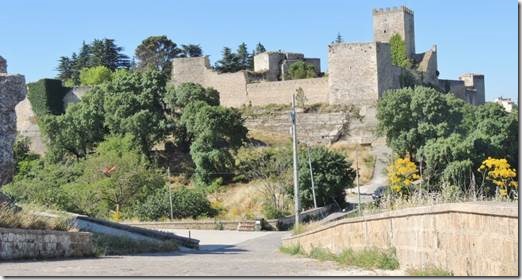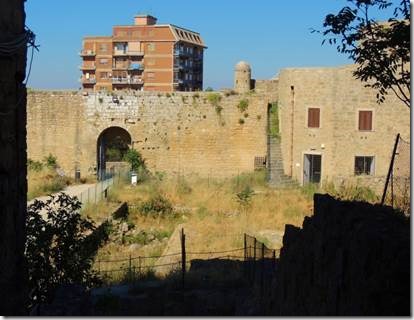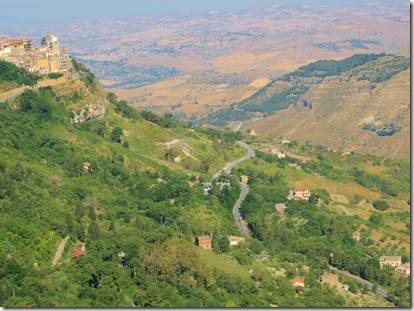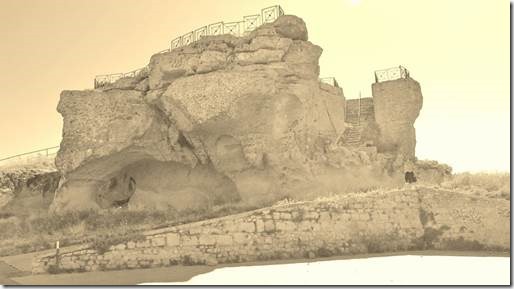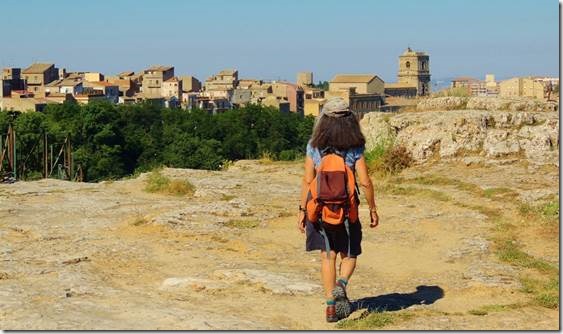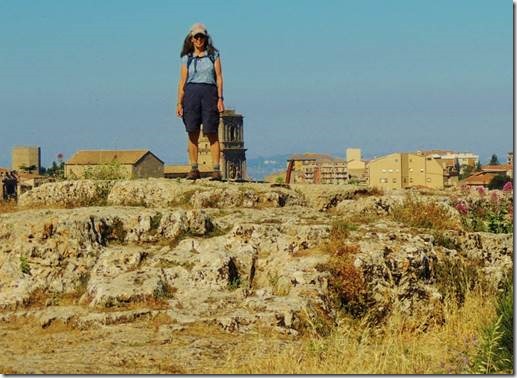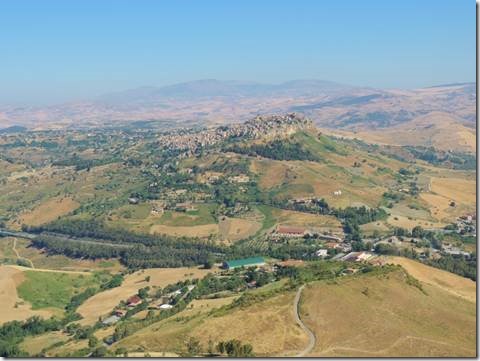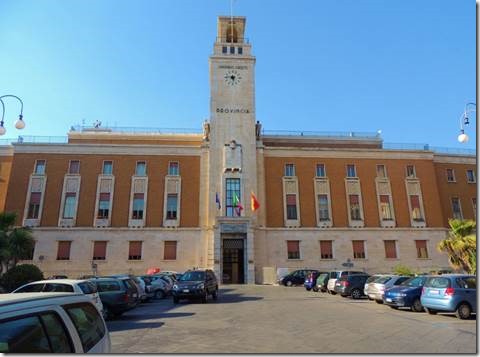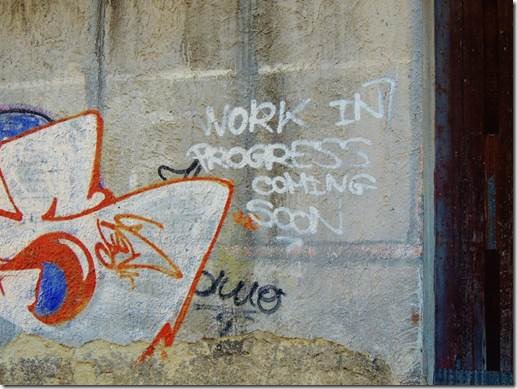Buona Sera,
We visited Enna the first afternoon of our road trip and the last evening and morning or our road trip. It’s a place I wish I could click my heels and return to for a morning or evening stroll. A winter visit would be interesting too to see the season so different from the first day of summer. Where according to mythology, the winter months came to be. To me it seems a very livable city, walkable city.
Ru
Enna Part 3 Narrow Streets
I was trying to explain to myself what it was about Enna that attracted me. I think it was the same thing that attracted me in Siracusa, S. Stephano di Camastra and later in Piazza Armerina’s Duomo neighborhoods. It’s the narrow streets and neighborhoods mixed with small shops and cafes. Sometime in college I’d read about the development of suburbs, away from commerce with streets wide enough for parked cars on both sides. The Levittowners: Life and Politics in a New Suburban Community by Herbert Gans published in 1967 was one of my assigned readings.
Gans defends Levittown to the critics of suburbia…
"The critics have argued that long commutation by the father is helping to create a suburban matriarchy with deleterious effects on the children, and that homogeneity, social hyperactivity, and the absence of urban stimuli create depression, boredom, loneliness, and ultimately mental illness. The findings from Levittown suggest just the opposite – that suburban life has produced more family cohesion and a significant boost in morale through the reduction of boredom and loneliness." (220)
And
"They (the critics) also look at suburbia as outsiders, who approach the community with a ‘tourist’ perspective. The tourist wants visual interest, cultural diversity, entertainment, esthetic pleasure, variety (preferably exotic), and emotional stimulation. The resident, on the other hand, wants a comfortable, convenient, and socially satisfying place to live…" (186) (How can these be mutually exclusive?)
and
"The disappearance of farmland near the big cities is irrelevant now that food is produced on huge industrialized farms, and the destruction of raw land and private upper class golf courses seems a small price to pay for extending the benefits of suburban life to more people." (423) (The countryside around Enna was just beautiful.)
I find myself definitely agreeing with the critics.
I also found this information while searching about narrow streets and neighborhoods.
“The things making that corner of the Maeser neighborhood unique are not difficult to understand. The homes are small and well-built; the smaller blocks have alleyways for access, garbage removal etc.; everyone lives close to amenities like parks and grocery stores; there are no big garage doors facing the street.
But I think the best part of all — and perhaps what makes everything else possible — are the smaller streets.
I wrote about this idea back in March while reporting on a post about the difference between the car-centric streets of Atlanta and the narrow lanes of Florence, Italy. And during my recent trip to Europe, I saw plenty of others streets that also emphasized the superiority of smaller lanes:”
http://provocationutah.wordpress.com/
http://www.strongtowns.org another site devoted to urban planning with narrow streets.
So this email is about Enna streets seen from our room and the room itself; and of course some food photos.
|
Driving to Enna through the farmlands of Sicily For miles and miles and miles you see this raised autostrada and tunnels through dozens of hills. |
|
Our hotel where it helped to have a car the size of a toothpick to fit in the lot. |
|
This elementary school/JHS shared the hotel’s plaza/parking lot : that’s our tiny red Fiat |
|
Room with a view Our floor was Primo Piano, up one floor from the lobby; but high enough on the hill to overlook the city. |
|
Our room was lovely with lots of soft color, windows that opened to a great cityscape, AC, and the best white cotton sheets! Botticelli’s Venus on the half shell is over the bed. |
|
Ru and camera; my mom’s chin and my own gray hair |
|
Our view I could have sat for hours just watching the city change colors from dusk to night to dawn. And with the zoom I could look down at the streets to watch people interacting with each other and the city. |
|
Dusk |
|
Interesting even in B & W |
|
Night colors |
|
Zooming down at kids out on the streets |
|
And a motorcycle in tight quarters |
|
Sun rise and city shadows |
|
The room with the row of red plants was the porch of the dining room. |
|
Breakfast The plates were full when we went for breakfast, but I’d forgotten my camera. Less than an hour later the plates were mostly empty and there weren’t so many folks staying at the hotel. I ate two of the lovely pastries in the middle with two cups of cappuccino. When you enter the dining room they ask what you’d like to drink. I’ve completely forgotten about tea for now and just ask for a cappuccino. Besides, what else would one eat with an Italian pastry. It does seem to be what everyone else eats for breakfast. There was melon and fresh strawberries and eggs, yogurt, ham, cheese, and rolls. I did take lots of the strawberries, but skipped the rest of the healthy stuff and really enjoyed my pastry and cappuccino; our final breakfast of the road trip. Even I couldn’t do these; not for breakfast. |
|
Checking out Jane from Hydeaway brought this bag for me from England and I used it to carry my books, Kindle, art supplies (which sadly I didn’t use.) |
|
Lock at Lombardi castle. This photo is for our friends Peter and Jane. |

